By Sean Hargrave
A new report from Thomas shows how putting people science at the heart of recruitment speeds up the process of getting the right person in the right job, and then helps keep them there too.
All businesses know only too well the challenges around recruitment. Filling vacancies is tough, and so too is retaining people once they’ve been hired.
Renowned HR researcher, Dr John Sullivan, has calculated that as many as one in two new hires paid by the hour will fail, and that this failure rate can rise to 60% for management roles. Just under one in five (19%) hires can be regarded as an ‘unequivocal success’.
At the root of the problem is that traditional approaches, and the tools used to support hiring managers, are lacking a focus on the most crucial part of recruitment – people. Companies will often look at qualifications and experience ahead of considering whether a person’s traits make them suited to the role, or to the team they will be working with. The result is companies rarely find the right fit for the right job in the right team. This leads to people leaving prematurely, and this distinctly unvirtuous circle continues.
A new report from Thomas reveals that the answer is to embrace people science. By looking beyond skills and experience, a simple-to-use tool empowers hiring managers to work with a team to establish the personality of the person they want to bring in. Skills and experience are not overlooked, but rather seen in the context of the candidate’s character and behaviour. The hiring organisation may want an outgoing self-starter who can work remotely, someone a little more introverted who is diligent and takes their time to reach perfection, or an individual who isn’t daunted by having to spin multiple plates simultaneously.
Aiding recruitment
Establishing the character traits and the way someone likes to work not only helps the company build a better picture of the person they need, but it means they can also produce a far more relevant job description and then shortlist the most suitable candidates at speed. In fact, Tangerine Bank has found using people science means it now interviews a third fewer applicants to find ideal recruits, saving its HR people valuable time and speeding up the time to job offer considerably.
Working faster is important. Gartner research found that the proportion of job applicants declining a job offer climbed from 36% to 46% between 2019 and 2022. The main reasons were that they had accepted another position from a company that had moved faster, or they decided to stay where they were. Either way, the sooner a business gets a job offer placed with the best candidate, the sooner they know whether their offer has been accepted.
The advantages of getting the right person in the right role does not only impact how soon a role can be filled; it’s also central to holding on to talent. When Yellow Pages invested in people science to build a more detailed profile of the type of person that was best suited to its sales positions, it saw very positive results. Not only did teams work better together but, crucially, churn was halved from 25% to 12%.
People science plays a role at every stage of the HR hiring process, from interview selection through to onboarding and development. Once it has been used to select the traits and working style of the preferred candidates, a people science tool can automatically process responses from an applicant and suggest the right questions for the hirer to pose. This avoids the ‘tell me about yourself’ style of interview well known for favouring the most confident, outgoing applicant at the cost of more introverted people. The latter profile could be right for a role, but less forthcoming in an interview setting.
So, instead of the usual open questions, people science can help flesh out examples of how the person likes to work rather than inviting them to wax lyrical about themselves. This avoids the temptation for hiring managers to prioritise hiring people whom they feel an affinity with possibly due to cognitive bias, rather than the candidate that is the best fit for the role and the team.
Better onboarding
Getting the right person in the right role is only part of the recruitment process. It is just as important to get them onboarded so they start to feel a part of the team as soon as possible. Research from HR News suggests that one in five new hires will leave within their first six weeks because this process is not handled well.
Typically, candidates will find the job is not what they quite expected and may find it hard to fit in with their colleagues. Often, the process to introduce them is rushed with insufficient time to immerse the recruit in the culture of the company and the team. HR News points out that few companies see onboarding as a process that lasts more than a few months, arguing that it should be a consideration for the first year of a person joining.
People science can help here because it ensures that a hiring manager has already considered the team dynamic and how a person will fit in. As part of this transparent process, with the permission of all parties involved, the new hire can share with the new team how they like to work and interact with colleagues, and vice versa.
Global food service business Tricon is a good example. It worked with Thomas on building profiles for its employees. This helped it understand which people were suited to particular roles and, just as importantly, which team they would flourish in. The result has been a positive uplift in revenue as well as a reported improvement in morale now the business is credited with creating what it calls a ‘people-orientated vibe’.
This nicely encapsulates the benefits of using people science. People feel they are truly seen as individuals by a company that is willing to put them in the right role, surrounded by the right team. When this starts at the recruitment stage and carries on through onboarding and development, the benefits to the company, as well as to staff morale, are substantial.
For more details on how your business could benefit from a people-based approach to hiring, retention and development, the full research report, ‘People Science: HR’s New Virtuous Circle’ can be found here.




